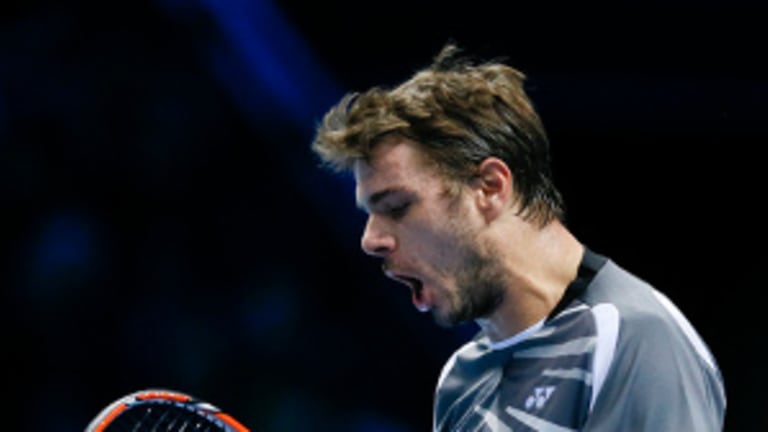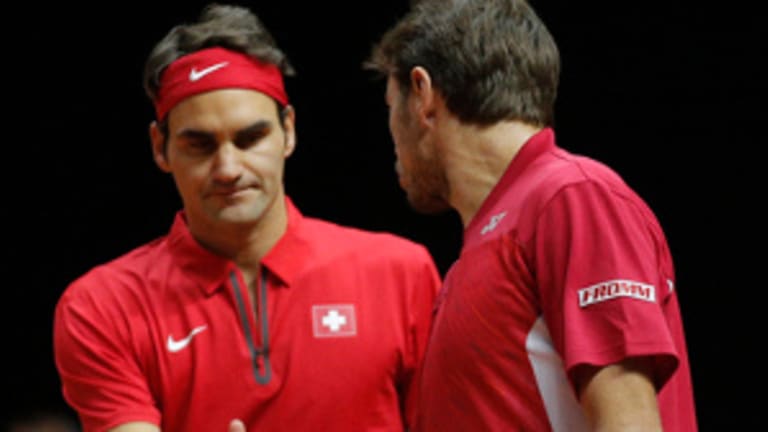No. 7: Swiss at War
By Dec 04, 2014Gauff reaches Stuttgart quarterfinals with win over Vickery. Sabalenka also advances
By Apr 17, 2024WTA Stuttgart, Germany
Aryna Sabalenka wins bestie battle against injured Paula Badosa in late-night Stuttgart match
By Apr 17, 2024Style Points
Look of the Week: Zendaya aces two looks for Challengers premiere, Venus, Genie & more hit LA red carpet
By Apr 17, 2024Good Trouble with Nick Kyrgios
Naomi Osaka reflects on the lessons of her past, the reality of her present and hopes for the future
By Apr 17, 2024WTA Stuttgart, Germany
Coco Gauff rallies in first clay match of 2024, defeats Sachia Vickery in Stuttgart
By Apr 17, 2024Nadal loses to De Minaur in second round at Barcelona. Spaniard had returned from injury layoff
By Apr 17, 2024ATP Barcelona, Spain
Rafael Nadal bows out of 2024 Barcelona, loses second round to Alex de Minaur
By Apr 17, 2024Social
“Lucky charm” Ons Jabeur snaps five-match losing streak in Stuttgart
By Apr 17, 2024Pop Culture
Zendaya wants to meet Coco Gauff, while her grandma is 'so excited' for 'Challengers'
By Apr 17, 2024No. 7: Swiss at War
Our seventh-best match of 2014 was the tennis equivalent of a fam
Published Dec 04, 2014
Advertising

No. 7: Swiss at War
© AP
Advertising

No. 7: Swiss at War
© AP
Advertising

No. 7: Swiss at War
© AP